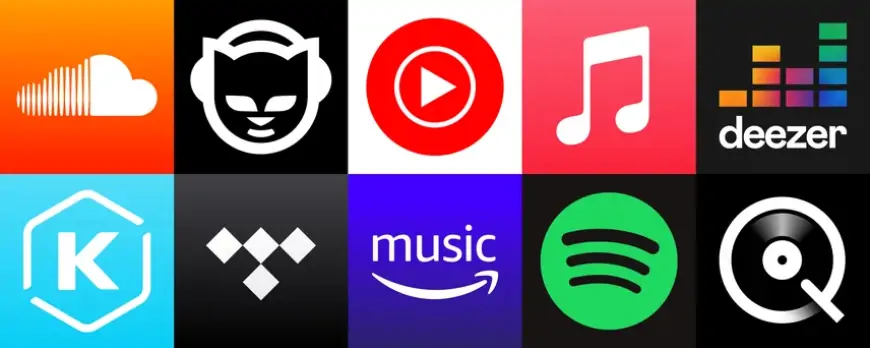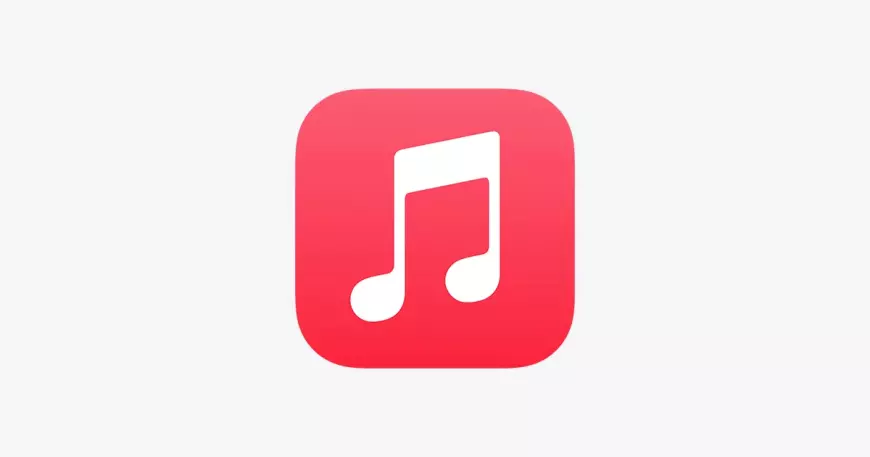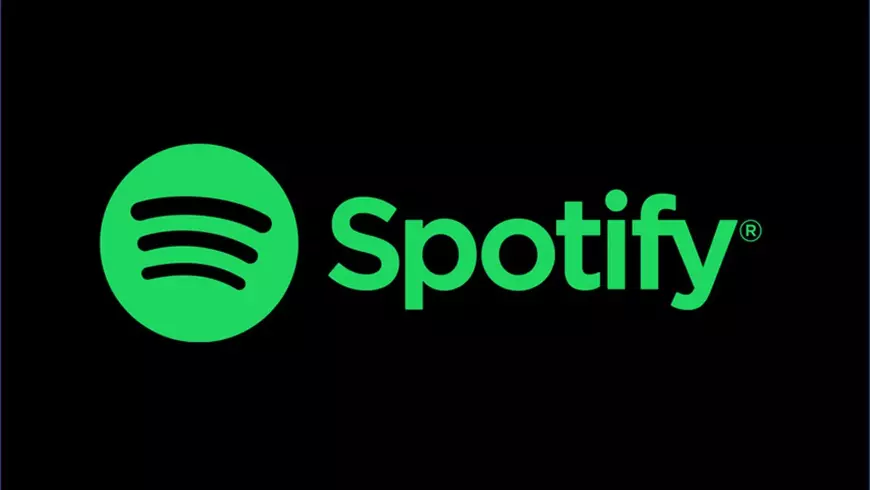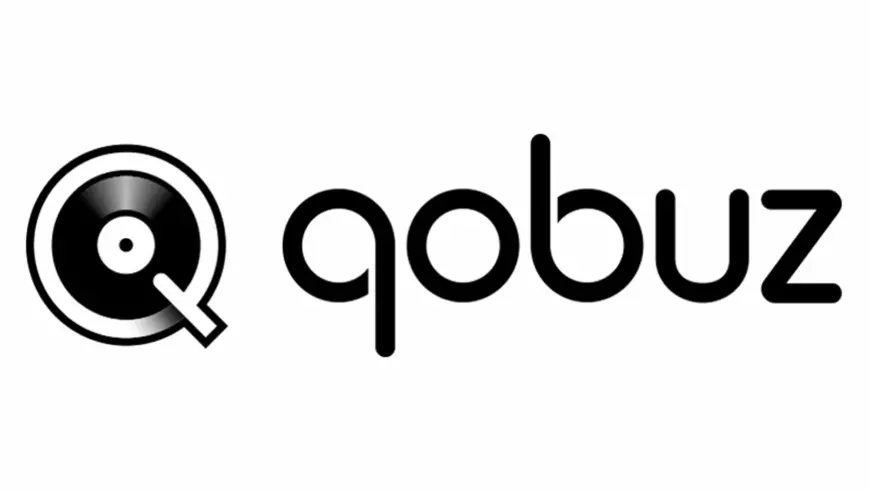Top music streaming platforms of 2024
The distinctions among Spotify, Apple Music, and alternative services are nuanced but noteworthy.

The distinctions among Spotify, Apple Music, and alternative services are nuanced but noteworthy.
Identifying the optimal music streaming service poses a challenge, as most major players now incorporate a standard set of features, granting users access to an extensive library across various devices. With personalized recommendations offered by all, the service that aligns most closely with individual preferences often correlates with the duration of usage. Conversely, the navigation experience can be overwhelming, and price hikes are prevalent across the board. Moreover, none excel in compensating artists. While overarching similarities prevail, crucial differences exist that may render one service more appealing than others. For those seeking a fresh start with a new subscription, our extensive testing over several months has evaluated major music streaming services. We have subjected them to similar data inputs and monitored their responsiveness to our preferences, presenting here the ones we currently favor the most.
Apple Music

Free tier: Not available | Individual subscription: $11 per month or $109 per year | Family subscription: $17 per month (accommodating up to 6 members) | Student subscription: $6 per month | Streaming quality: Reaches up to 24-bit/192 kHz in ALAC format.
Apple Music offers a combination of high-fidelity audio and practical features, featuring an interface that strikes a balanced mix between algorithmic and editorial recommendations. The platform provides lossless streaming at no extra cost, with its entire catalog available in CD quality (16-bit/44.1 kHz) as a minimum standard. While this level of audio quality may not be essential for most listeners, it can be particularly noticeable with a quality set of wired headphones or a decent speaker system, delivering a richer sound compared to the compressed files used by similarly priced services such as Spotify and YouTube Music.
The user interface of Apple Music shares similarities with its competitors, featuring a home tab filled with suggested albums and playlists based on the user's listening history. Users can initiate a custom station from any track, and accessing saved artists, albums, playlists, and favorited songs is straightforward. The app also includes a personalized station aligned with the user's tastes and a "Discovery Station" exclusively presenting unheard songs. Although the app's layout may appear overwhelming, Apple Music distinguishes itself with its emphasis on curation.
The platform regularly updates editor-picked playlists, and artist pages showcase essential works, influences, and "deep cuts." Popular albums come with thoughtful reviews or synopses. Additionally, Apple Music boasts three live radio stations featuring DJ-hosted shows highlighting new records and artist interviews. While algorithmic recommendations may not be as adventurous as Spotify's, Apple Music's human touch is more evident, providing a sense that actual people guide users to music.
One unique feature is the option to import personal music files, beneficial for those with extensive iTunes libraries. Integration with other Apple products is seamless, allowing users to use Siri for playlist control, favorite songs from an iPhone's Control Center, and stream effortlessly on Apple TV or HomePod.
However, there are some drawbacks, such as the platform feeling smoothest on Apple devices and the spatial audio effect sounding unnatural with non-specialized music. Apple Music lacks a free tier and podcasts, though some may view the absence of the latter as a positive aspect to prevent app clutter. For those seeking a consolidated audio content platform, alternative recommendations may be more suitable.
Spotify

Free tier: Available | Individual subscription: $11 per month | Duo subscription: $15 per month (for 2 members) | Family subscription: $17 per month (for up to 6 members) | Student subscription: $6 per month | Streaming quality: Up to 320kbps in Ogg Vorbis format.
Spotify relies more heavily on its algorithm compared to Apple Music, and its recommendation engine excels at suggesting music aligned with your preferences. Notably, "Discover Weekly" is renowned for uncovering unfamiliar tracks that still resonate with your taste. The platform's "Daily Mixes" provide a flexible blend of new and familiar tracks based on tone as much as genre, and the regularly updated "daylist" adapts to your music preferences throughout the day. Spotify offers a myriad of mixes based on artists, decades, moods, and more abstract concepts like "escapism," "cottagecore," and "Ethiopian jazz," often delivering enjoyable results. Exploring the algorithm's suggestions can lead you to new and pleasurable discoveries.
While Spotify leans heavily on algorithms, it still offers manually curated playlists such as "Rap Caviar," "New Music Friday," and "Viva Latino," showcasing human curation expertise, although it may be more subtly integrated than on Apple Music. The preference between the two depends on the user's willingness to let an algorithm guide their experience.
In contrast to Apple Music, Spotify emphasizes non-music content, offering exclusive podcasts and providing paid subscribers with 15 hours of audiobook streaming each month at no extra cost. The platform's generous free tier includes ads and limited on-demand song selection but still provides access to a substantial library. Spotify excels in social features, allowing users to collaborate on playlists, follow friends, and share their own lists. The Spotify Connect feature facilitates seamless transitions between devices without losing your place. However, the interface can become cluttered, especially on the desktop and mobile apps, where suggested podcasts and audiobooks are mixed with music.
One of Spotify's downsides is the absence of lossless streaming, despite the announcement of a CD-quality "HiFi" tier over three years ago. Speculation suggests a potential $20-per-month "Supremium" tier in the future, but this would be a substantial price increase compared to competitors like Apple. Spotify's interface issues extend to the home tab, with large, auto-playing suggestion cards that may not efficiently help users find interesting content. Additionally, Spotify's reputation for low artist payouts is a concern, exacerbated by its ad-based tier. Although the platform allows playing local files, the integration across devices is not as seamless as Apple Music.
YouTube Music

Free tier: Available | Individual subscription: $11 per month or $110 per year; also included in YouTube Premium subscription for $14 per month or $140 per year | Family subscription: $17 per month (for up to 6 members) | Student subscription: $5.49 per month | Streaming quality: Up to 256kbps in AAC and OPUS formats.
If you have a strong affinity for YouTube, YouTube Music might be a compelling choice, especially when bundled with a YouTube Premium subscription at $14 per month. This premium subscription eliminates ads on the video platform, allows for offline downloads, and enables background playback. Beyond these significant upgrades, YouTube Music competes directly with Spotify, offering additional value for those who already spend considerable time on YouTube.
Apart from the premium perks, YouTube Music benefits from its close association with YouTube, featuring a vast array of creative works not typically found on standard music services. This includes obscure soundtracks, rare live performances, unique mashups, and remixes. Users can explore, create playlists, and listen to these unconventional pieces alongside more traditional releases, though integration into the library may not be as seamless. Signing up with the same account allows music liked on YouTube to influence recommendations on YouTube Music, providing a cohesive experience. The service also grants access to an extensive collection of music videos with a single tap.
Similar to Apple Music, YouTube Music permits the upload of personal music files and excels in introducing users to new artists. The "Discover Mix" playlist, akin to Spotify's "Discover Weekly," and algorithmic track radios contribute to the app's effectiveness in highlighting lesser-known acts.
However, the integration with YouTube is the standout feature; without it, YouTube Music may not offer compelling reasons to choose it over Apple Music or Spotify. The absence of lossless streaming and the cluttered nature of its home tab are notable drawbacks. The service's ability to incorporate music liked on YouTube can be inconsistent, occasionally leading to issues like including non-viewable content in playlists. The user interface is heavily laden with algorithmic suggestions, lacking some of the editorial touches found in Apple Music.
While YouTube Music includes podcasts, the selection primarily consists of YouTube videos categorized as podcast content. Some shows may only feature brief clips, and some are missing entirely. Adding missing podcasts via RSS requires an additional step not present in Spotify. It's also important to acknowledge Google's track record of discontinuing its own products, including the predecessor of this service. However, as of now, Google appears committed to YouTube Music and has made improvements over time.
Qobuz

Free tier: Not available | Individual subscription: $13 per month or $130 per year (Studio); $180 per year (Sublime) | Duo subscription: $18 per month or $180 per year (Studio); $270 per year (Sublime) (for 2 members) | Family subscription: $22 per month or $216 per year (Studio); $350 per year (Sublime) (for up to 6 members) | Streaming quality: Reaches up to 24-bit/192 kHz in FLAC format.
Qobuz appeals to audiophiles seeking a curated music service without supporting major tech giants like Apple or Google. Positioned as the streaming counterpart to a knowledgeable music enthusiast, Qobuz presents a carefully selected array of recent albums at the top of its app. The platform stands out for providing liner-notes-like reviews for numerous records, along with a "Magazine" tab offering a stream of engaging articles, including retrospectives, essential song rundowns, and a regular "Album of the Week" feature. Emphasizing albums more than playlists, Qobuz encourages users to engage with an artist's complete work, differing from the algorithm-driven approach of other services. Despite this, the playlists available are diverse and thoughtfully crafted.
Similar to Apple Music, Qobuz offers lossless streaming at no extra cost, with FLAC files reaching up to 24-bit/192 kHz. Additionally, users can purchase albums outright in CD or Hi-Res quality, with discounts available for subscribers to the upper "Sublime" tier. Qobuz adopts a record-store mindset, relying on recommendations from real people, delivering high-quality streams, and avoiding excessive tailoring to individual listening histories. Reports suggest it is one of the better-paying services for artists, a factor potentially strengthened by its digital album shop.
However, the anti-Spotify approach does have drawbacks. Qobuz's algorithmic music recommendations, such as track radios and the personalized "Weekly Q" playlist, may not flow as naturally or coherently as those from major players. The search tool and social platform sharing capabilities can be inconsistent. While boasting a vast library with over 100 million tracks, Qobuz may not spotlight Top 40 hits as prominently, especially in hip-hop and pop genres. The absence of podcasts or audiobooks, along with a slightly higher monthly cost compared to other top picks, may be considerations for users.












































